Climate change, kelp forest loss and overfishing threaten West Coast abalones
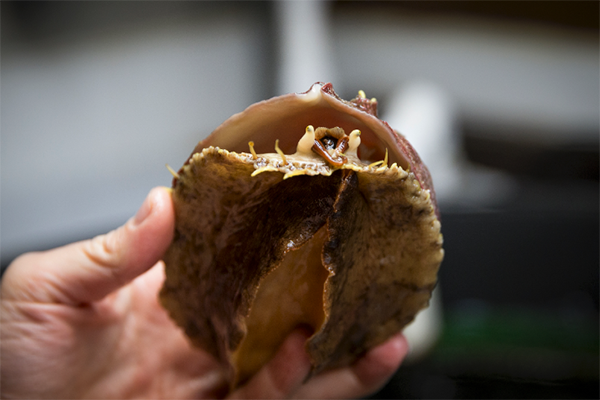
All seven of the abalone species that populate the U.S. West Coast are now listed as critically endangered or endangered on the International Union for Conservation of Nature (IUCN) Red List of Threatened Species. These listings were based on an assessment conducted by a University of California, Davis researcher.
IUCN listed six abalone species – red, white, black, green, pink and flat – as critically endangered. The northern abalone, also known as threaded or pinto abalone, is listed as endangered.
The IUCN Red List is considered the world’s most comprehensive inventory of the global conservation status of species. While the listing does not carry a legal requirement to aid imperiled species, it helps guide and inform global conservation and funding priorities.
“We hope this listing will highlight the dire status of these species,” said Laura Rogers-Bennett, lead researcher and a senior environmental scientist at the University of California, Davis. “I hope this assessment will trigger a real concern and investment in these species now before the population numbers get so low that they’re really hard to bring back from the brink of extinction.”
Abalones have long provided nourishment, cultural significance and ecological benefits for people, wildlife and the environment. Red abalones have been a mainstay of West Coast shellfish aquaculture industry with a recreational diving fishery in Northern California. But abalones are in decline through overexploitation, disease and climate change.
Along the West Coast, these giant sea snails with their iridescent shells have been hit particularly hard by overfishing, the decline of the kelp forest, warming ocean temperatures and other impacts.
Rogers-Bennett said restoring kelp forests and reducing climate impacts are key to helping abalone recover. Kelp is their main food source, and its decline is intricately linked with theirs. When weakened by starvation, species are more susceptible to environmental changes like landslides following fires, ocean acidification and increased storms.
“These populations’ vulnerabilities have increased due to climate change, and that’s what’s pushed them into threatened categories on the IUCN Red List,” she said.
Follow the Advocate on Twitter @GSA_Advocate
Now that you've reached the end of the article ...
… please consider supporting GSA’s mission to advance responsible seafood practices through education, advocacy and third-party assurances. The Advocate aims to document the evolution of responsible seafood practices and share the expansive knowledge of our vast network of contributors.
By becoming a Global Seafood Alliance member, you’re ensuring that all of the pre-competitive work we do through member benefits, resources and events can continue. Individual membership costs just $50 a year.
Not a GSA member? Join us.
Author
Tagged With
Related Posts
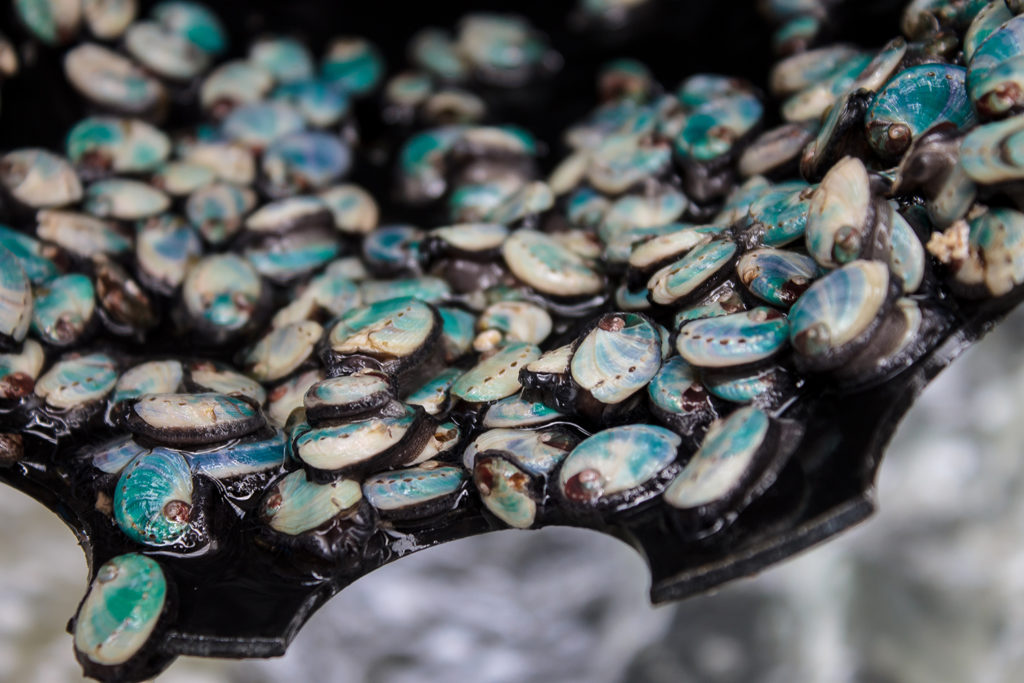
Responsibility
In South Africa, abalone farming goes for gold
Poaching has plagued South Africa’s abalone to the point of decimation. Aquaculture is putting the shellfish back in the water, and back on menus.
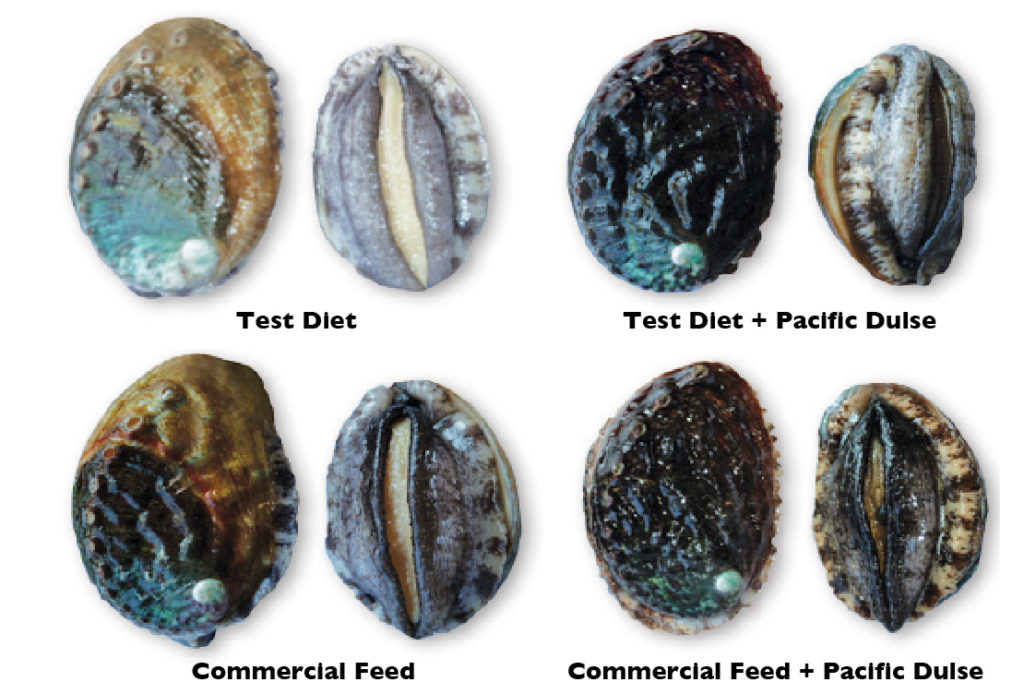
Health & Welfare
Diets affect abalone meat quality, shell color
A preliminary study investigated the effects of diet on the meat quality and shell color of Pacific abalone. A test diet and a commercial abalone feed resulted in lower meat protein content compared to that achieved with a diet of Pacific dulse seaweed. The artificial diets also caused the abalone to have yellow or orange shells. The seaweed diet alone resulted in abalone with dark-brown shells. However, a combination of seaweed and either artificial diet improved abalone growth, meat quality and shell color.
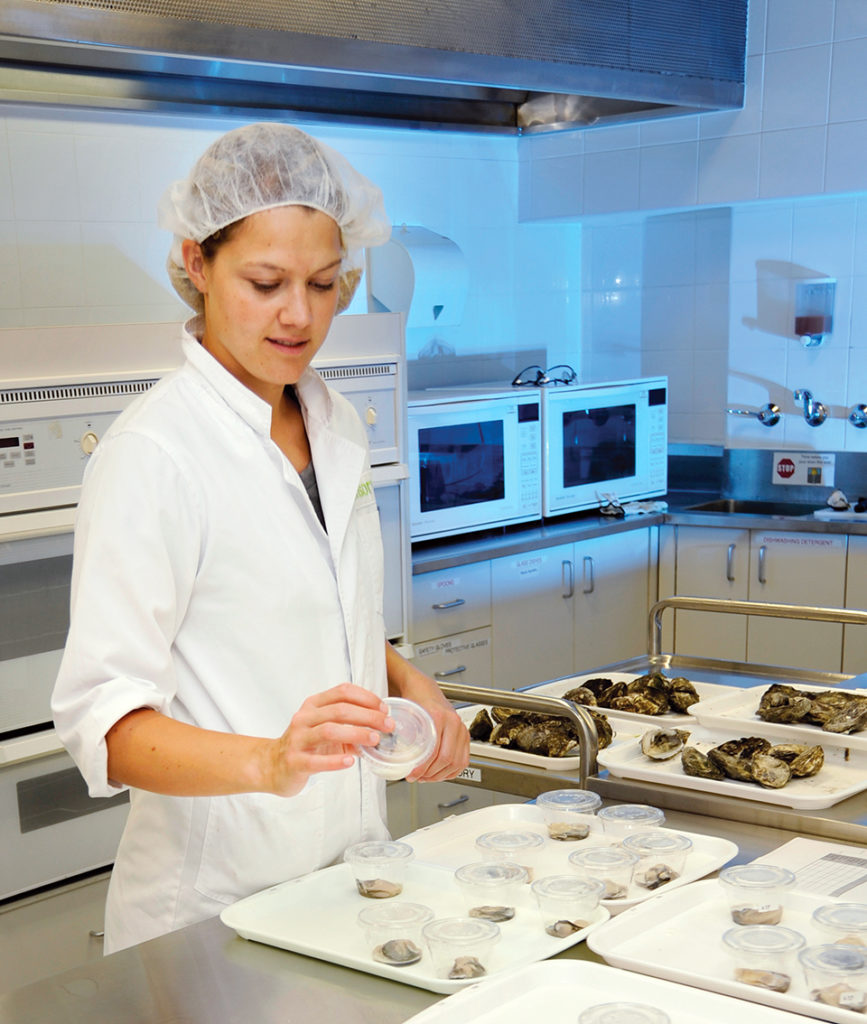
Intelligence
Pacific oysters, abalone undergo sensory evaluation
A pilot study on the sensory properties of Pacific oysters and abalone conducted at the CSIRO Sensory Laboratory in Australia found differences among the samples produced in different growing conditions and regions.
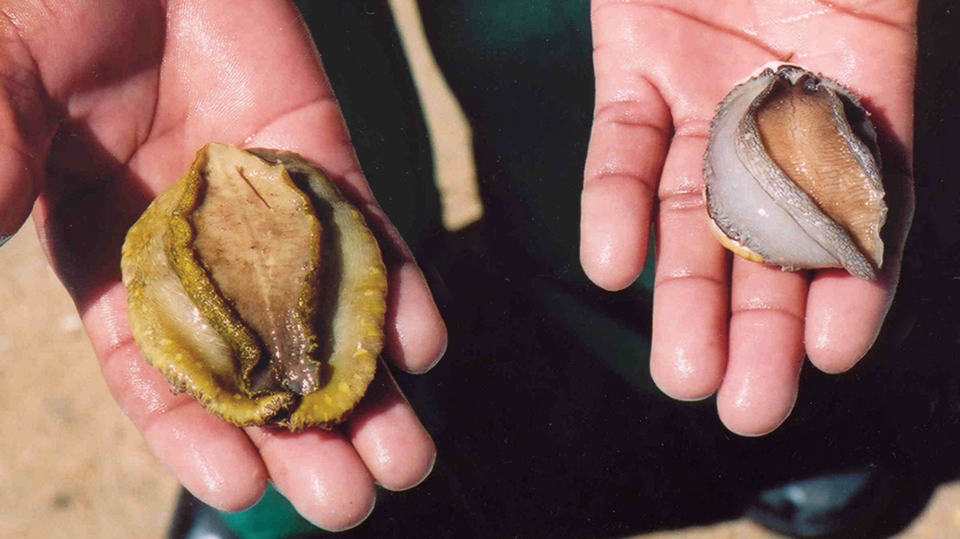
Health & Welfare
Integrated systems incorporate seaweed in South African abalone culture
South African abalone culture is growing and many of the land-based tank production systems use wild-harvested kelp to feed the animals.



